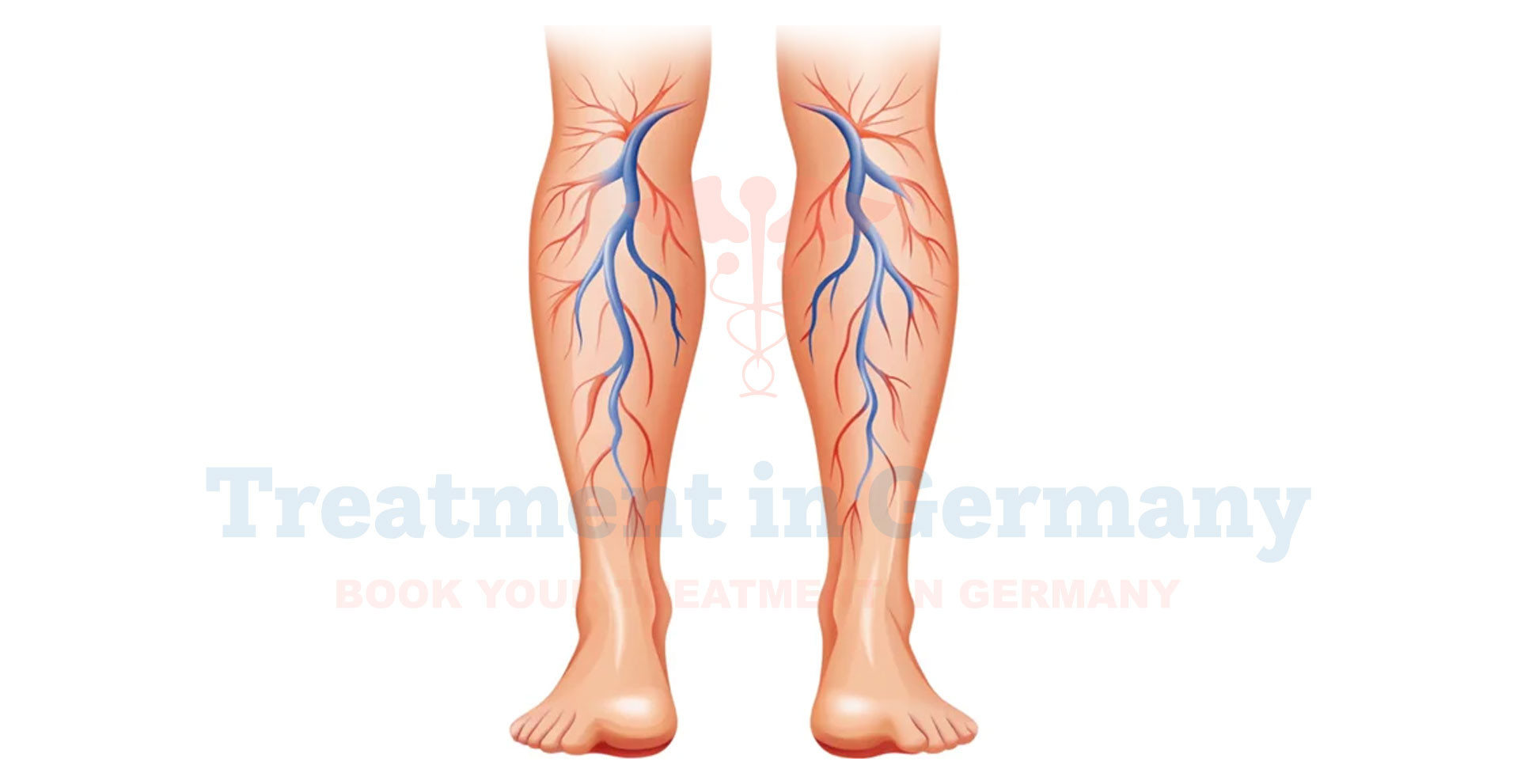What is Vascular Trauma?
Vascular trauma refers to an injury to the blood vessels, which can include arteries, veins, or capillaries. These injuries often occur as a result of accidents, surgeries, or severe medical conditions.
When the blood vessels are damaged, it can impede the flow of blood, leading to complications that affect the organs and tissues supplied by those vessels. This type of trauma is serious because it can lead to life-threatening bleeding, blood clots, or inadequate blood supply to vital organs.
Side Effects of Vascular Trauma
The side effects of vascular trauma can vary depending on the severity and location of the injury. Common side effects include:
- Hemorrhage: Excessive bleeding can occur internally or externally, potentially leading to shock.
- Swelling and Pain: The affected area may become swollen and painful due to inflammation and disrupted blood flow.
- Tissue Damage: Reduced blood supply can cause tissue necrosis or death in the affected area.
- Organ Dysfunction: If the blood vessels supplying an organ are damaged, it can impair the organ’s function, leading to serious complications.
- Blood Clots: Damaged blood vessels can lead to clot formation, which might result in blockages elsewhere in the circulatory system.
How is Vascular Trauma Diagnosed?
Diagnosing vascular trauma involves a combination of clinical assessment and imaging techniques. Your doctor will typically:
- Conduct a Physical Examination: Assess the injured area for signs of swelling, bruising, or abnormal pulses.
- Review Medical History: Consider any recent injuries, surgeries, or underlying conditions that could contribute to vascular trauma.
Utilize Imaging Studies:
- Ultrasound: Provides a real-time view of blood flow and vessel structure.
- CT Scan (Computed Tomography): Offers detailed cross-sectional images of blood vessels and surrounding tissues.
- MRI (Magnetic Resonance Imaging): Helps visualize soft tissues and blood vessels in greater detail.
- Angiography: A specialized X-ray using contrast dye to visualize blood vessels and detect any abnormalities.
Potential Treatment of Vascular Trauma
Treatment for vascular trauma depends on the extent and location of the injury. Common treatment options include:
Emergency Care:
- Control Bleeding: Immediate steps are taken to control and stop bleeding, often using pressure, bandages, or tourniquets.
- Stabilization: Stabilize the patient’s condition, addressing shock or severe blood loss.
Surgical Intervention:
- Repair or Reconstruct Vessels: Surgery may be necessary to repair or reconstruct damaged blood vessels to restore normal blood flow.
- Clot Removal: In cases where blood clots are present, surgical or catheter-based procedures may be used to remove them.
Medical Management:
- Medications: Medications to manage pain, prevent infection, or address blood clotting issues may be prescribed.
- Rehabilitation: Post-surgical rehabilitation to restore function and strength, and to manage any long-term effects of the trauma.
Follow-Up Care:
- Monitoring: Regular follow-up appointments to monitor recovery, manage any complications, and ensure proper healing.
👉 Contact us for further information and receive a complimentary consultation.

.webp)
.webp)
 (1).webp)
 (1).webp)

.webp)
.webp)
 (1).webp)
 (1).webp)
